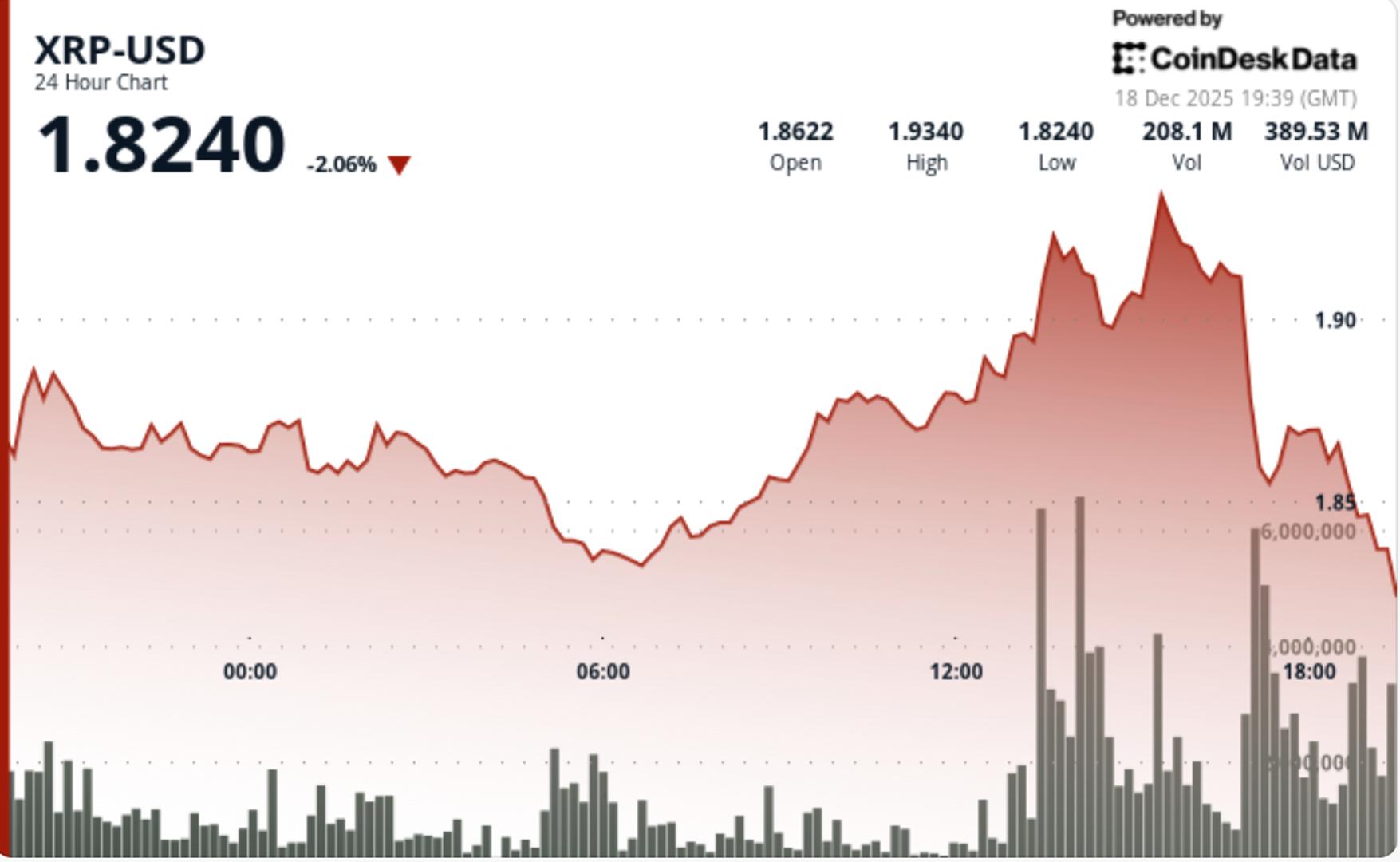Nakamoto Coefficient: Why It Matters In Relation to HBAR, XRP and XLM AllinCrypto October 7, 2025
The Nakamoto Coefficient is a metric that can be used for evaluating how decentralized a blockchain or distributed ledger truly is.
While decentralization is often discussed in broader terms, the Nakamoto Coefficient is considered to be a measurable standard for assessing the resilience of a blockchain network, keeping in mind its decentralization.
As global finance begins to embrace blockchain infrastructure, networks like Hedera Hashgraph, Stellar, and XRP Ledger stand to gain significantly from possibly improving their coefficients, both in terms of security and institutional trust.
What is the Nakamoto Coefficient?
The Nakamoto Coefficient is the minimum number of entities that must cooperate to disrupt or control a network’s consensus process. The metric measures how difficult it is for malicious actors to take over.
In proof-of-work systems like Bitcoin, the coefficient reflects the number of mining pools that together control more than half of a total network’s hash power.

If three mining pools control 60% of Bitcoin’s hash rate, the Nakamoto Coefficient would be 3. The higher the number, the more distributed and resilient on a DeFi scale, the network is against attacks.
In proof-of-stake or consensus-based systems like Hedera, Stellar, and XRP, the coefficient can be determined by analyzing validator or node distribution.
A small group of validators with outsized voting power means a lower coefficient, while a wide, balanced distribution of validators signals stronger decentralization.
For Hedera Hashgraph, the Nakamoto Coefficient may not matter as much due to Hedera’s centralization, as top companies and firms run nodes on the Hedera Hashgraph network instead of decentralized participants.
With this in mind, the metric may not apply to HBAR and the way it does governance, although participants will still need to trust that node runners like Google or IBM have the best interests for the Hedera ecoststem.
Why the Nakamoto Coefficient Matters
In DeFi networks, a higher Nakamoto Coefficient is vital for security. A low coefficient can lead to vulnerabilities where just a few participants could manipulate transactions, stop the network, or prioritize certain addresses over others.
For institutions and governments exploring blockchain infrastructure, decentralization comes with a risk management factor.
Financial systems depend on transparency, accountability, and resistance to single points of failure. The Nakamoto Coefficient may impact a network’s appeal to regulated entities and enterprise adoption.
How Hedera Hashgraph Can Benefit
Hedera operates under a governance council model, with up to 39 global organizations, including IBM, Google, and Standard Bank, running validator nodes.
While this structure provides strong security and reputation-based trust, the council’s limited number of validators currently caps the Nakamoto Coefficient.

If Hedera transitions toward permissionless community nodes, its coefficient would rise naturally, strengthening decentralization and network robustness despite Hashgraph’s native security attributes.
How Stellar and XRP Ledger Can Benefit
The Stellar and XRP Ledger networks use consensus mechanisms that rely on trusted validator lists. While efficient, these systems have often been criticized for centralization due to limited validator diversity.
By encouraging independent validators, geographic distribution, and institutional participation, both networks can raise their Nakamoto Coefficient.
The Nakamoto Coefficient is a useful metric for decentralization as the market comes to terms with permission-ledgers, privatisation, and centralization in favour of onboarding institutions.
Although the metric can seem dated in certain views, it remains a reminder of crypto’s original thesis of decentralization against centralized banking entities and global financial firms in a world becoming more digitized and censorship-happy.
The post Nakamoto Coefficient: Why It Matters In Relation to HBAR, XRP and XLM first appeared on AllinCrypto.






